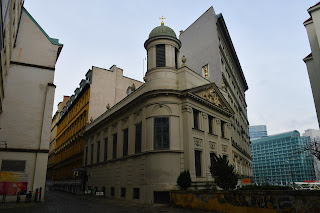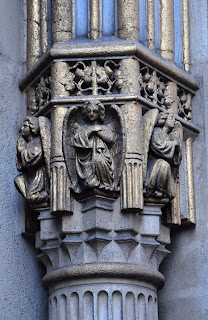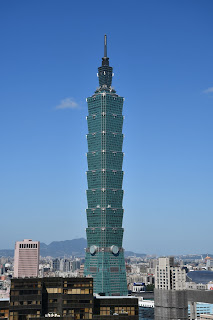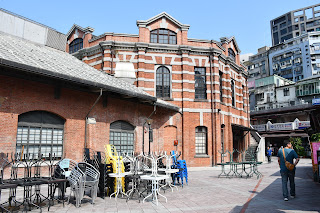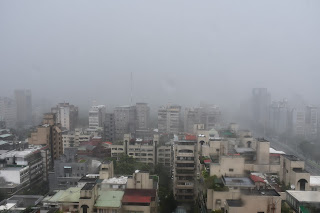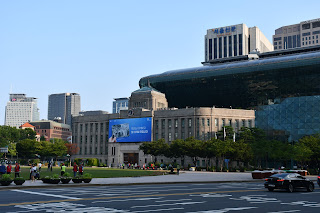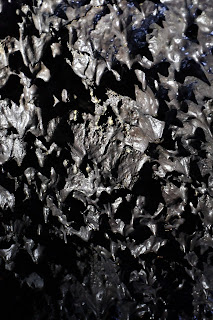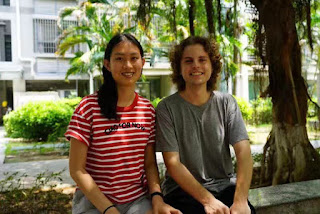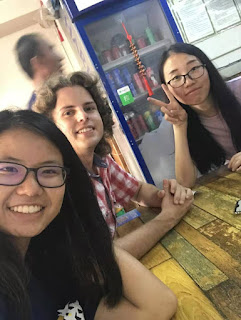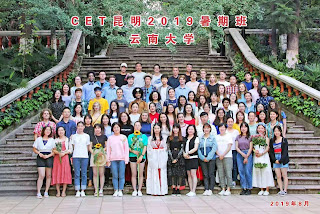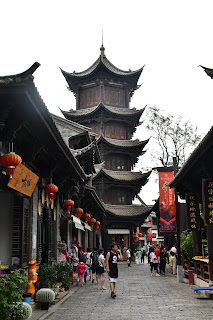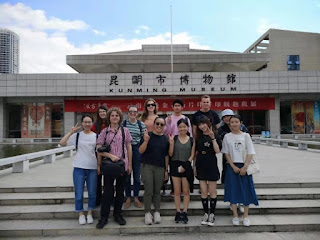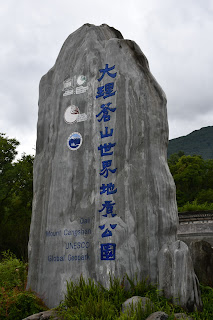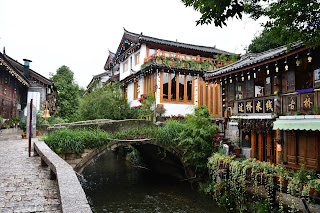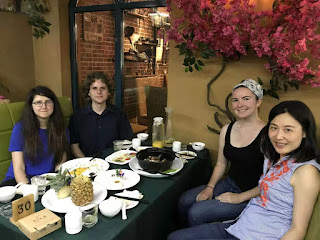Krátká a veselá recenze
V sobotu šla naše rodina na představení Čerta a Káči v Národním divadle. Šlo, jak se zdá, o jakési pravé sváteční představení, neb bylo celé divadlo téměř vyprodáno a mne tudíž hřál pocit, že se tomuto dílu dostává zaslouženého uznání. Z lóže jsem viděl krásně do orchestřiště a mohl jsem se proto soustředit na hudební stavbu díla, v níž jsem si nikdy předtím nevšiml tolik souvislostí s další tvorbou skladatele, než právě v tento den. Třeba pekelné tance z druhého dění by Dvořák býval mohl bez mrknutí oka zařadit mezi Slovanské tance. I půvabná scéna a veselé kostýmy podle návrhů Adolfa Borna ve mne zanechaly dojem, že tohoto představení si může zcela vážit a může jej zcela chápat pouze Čech či člověk, jenž se důkladně až pře-důkladně věnuje studiu české kultury. Na nezasvěceného cizince musela veškerá vizuální výprava působit jako nadpozemský výjev.

